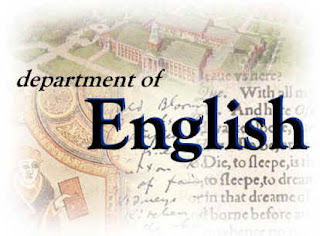Translation
The “Translation” section in the reference text (pages 162-173) likely focuses on the process of converting text or speech from one language (Bengali) to another (English). It emphasizes the importance of accuracy and conveying the intended meaning while navigating the complexities of language differences.
Key Points
- Accuracy and Meaning: The primary goal of translation is to accurately convey the meaning of the original text in the target language.
- Language Differences: The text likely highlights the challenges posed by differences in grammar, vocabulary, and cultural nuances between Bengali and English.
- Contextual Understanding: Effective translation requires understanding the context of the original text to ensure the translated version is faithful to its intended message.
- Practice and Skill Development: Translation is a skill that improves with practice and exposure to both languages.
Specific Focus
While the detailed content of the “Translation” section is not provided, the reference text hints at its potential focus:
- Medical and Health-Related Translations: The text mentions that this section might be particularly relevant for medical and dental admission tests, suggesting a focus on translating terms and phrases related to health and diseases.
- Example Sentences: The text provides a list of 225 Bengali sentences along with their English translations. These examples likely cover a range of topics and grammatical structures, offering practical insights into the translation process.
Potential Topics Covered
Based on the context and hints provided, the “Translation” section might cover the following:
- Translation Techniques: Different approaches to translation, such as literal translation, free translation, and idiomatic translation.
- Grammatical Considerations: How to handle differences in sentence structure, verb tenses, and other grammatical elements between Bengali and English.
- Vocabulary Challenges: Strategies for finding equivalent words and phrases in the target language, especially for culturally specific terms.
- Common Pitfalls: Identifying and avoiding common mistakes in translation, such as literal translations that don’t convey the intended meaning.
- Practice Exercises: Activities and exercises to help learners develop their translation skills and apply the concepts learned.
Overall, the “Translation” section aims to provide learners with the tools and knowledge necessary to effectively translate between Bengali and English, particularly in the context of medical and health-related communication.
Remember:
- Translation is a complex skill that requires both linguistic knowledge and cultural understanding.
- Practice is essential for improving translation abilities.
- Pay attention to the nuances of both languages and strive to convey the intended meaning accurately.
- Use resources like dictionaries and grammar guides to aid in the translation process.
Please let me know if you have any other questions or would like to explore specific translation examples or techniques!




